
Consumer DECODED
Previous edition: 08 May 2024
Share article
Get the full version straight to your inbox.
Exclusive access to our best-in-class data & intelligence
Subscribe now
Campari's “steady” Q1s - key takeaways
Matteo Fantacchiotti, Campari’s recently-installed CEO, described the spirits major’s first-quarter results as “steady as it goes” and, despite meagre organic sales growth that came in below analyst expectations, he was right.
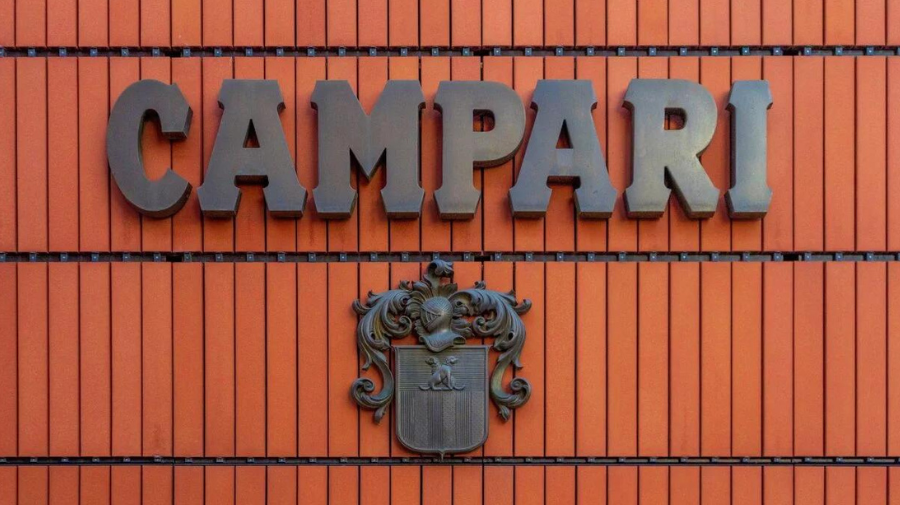
“I would say no news for us, I believe, is good news,” Fantacchiotti, who took the helm last month, succeeding long-standing CEO Bob Kunze-Concewitz, told analysts yesterday (7 May) after the Aperol maker booked its Q1 numbers.
Campari’s first-quarter sales of €663.5m ($712.9m), were up 0.2% organically and down 0.7% on a reported basis.
The company did face a stiff comparison with the first quarter of 2023, when sales jumped 20% organically, boosted by higher shipments ahead of price increases the group introduced.
Campari said, therefore, that its organic sales growth in the opening three months of this year “versus a normalised Q1 2023” would have been around 6%.
The “temporary phasing of shipments” in last year’s first quarter also weighed on adjusted EBIT, which was down 2.3% organically and by 4.9% on a reported basis at €151.5m. Again, Campari produced a figure that excluded the impact of those pre-price-hike shipments in Q1 2023; it said its Q1 2024 adjusted EBIT would have been up around 13%.
Group profit before taxation was €145m, up 8.6% on a reported basis, and the company maintained its full-year guidance of “continued industry outperformance” and “consistent operating margin expansion”.
“We continue to grow and we continue to outperform the industry,” Fantacchiotti said. “Steady as it goes, continuing to outperform reference markets and prime us for sustainable medium to long term growth, that will be my summary.”
Equity analysts covering Campari broadly welcomed the first-quarter statement.
“Campari delivered a soft set of results in Q1, as expected, but indicated that underlying trends remain strong and the margin expansion story should accelerate during the year,” AllianceBernstein’s Trevor Stirling wrote in a note to clients.
“Across the course of 2024, top-line momentum should recover to what we believe is the new normal: high-single-digit. Indications on the margin expansion story were also encouraging. The group expects to benefit from the improving cost environment in H2, especially as agave prices fall, and even more so given the increasing size of Tequila in the mix. Plus, we expect some operating leverage on SG&A.”
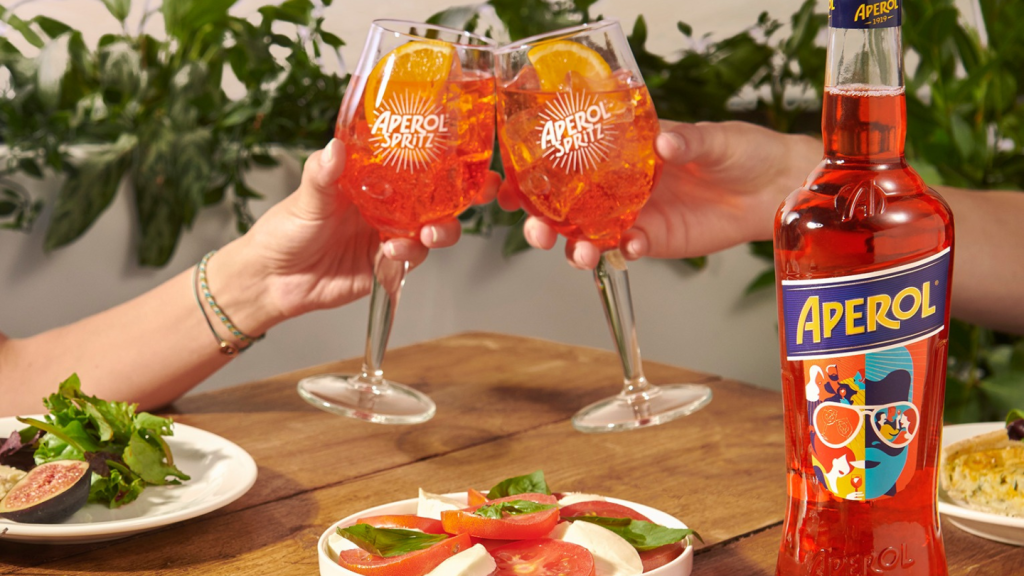
At Stifel, Cedric Lecasble said: “Q1 2024 earnings came in line with estimates and confirmed a resilient quarter on very tough comps. We believe Campari is set to continue to outgrow industry peers, driven by its growth engines, apéritifs and Tequila.”
He added: “Campari is not isolated from current challenges in the US (30% of sales) but its more differentiated portfolio allowed it to grow 10% in the country last year and post flat sales (on +23% comps) in the quarter.”
There were, however, some talking points that emerged from Campari’s numbers and the call the company held to discuss the results with analysts, not least around the spirits market in the US, the promotional environment in Europe and the newest asset in the group’s portfolio, Courvoisier Cognac.
Clouds over US spirits market
The US remains a challenging market for spirits companies. In volume terms, sales declined 4.3% year-on-year in March to 4.84 million nine-litre cases, according to figures from the National Alcohol Beverage Control Association (NABCA). Sales value also fell 2.2% to $1.09bn.
Nearly every spirit category tracked by NABCA – which covers 18 control states, including liquor store and on-premise sales – declined in value and volume in March compared to last year, continuing an ongoing slowdown.
Campari’s Q1 sales in the US were down 0.4% (amid that “tough comparison base”), although it reported growth from Espolòn, Aperol and Grand Marnier.
Amid the fog over the Q1 numbers from the phasing of shipments last year and some recent commentary from other distillers about ongoing destocking in the US, it was natural analysts would ask Campari’s management on yesterday’s call about its thoughts on the market.
Fantacchiotti was upbeat, insisting destocking is “not a theme in our company at the moment” and underlining how Campari, thanks to Aperol and Espolon, is “outperforming” the spirits market in the US on depletions.
He added: “And, if you look at channels, I will say when you look at NABCA versus Nielsen, or whenever you look at data that includes also [the] on-premise, our performance is always a little bit better. This is, again, because, as you know, this is where our strength is and where brands like Aperol, for sure, but even Epsolon are playing and doing well.”
Margin outlook
In the fourth quarter of last year, Campari saw its gross margins rise by 150 basis points on an organic basis. By comparison, that metric was flat in the opening three months of 2024.
CFO Paolo Marchesini underlined how, at this stage, Campari was confirming its full-year guidance of “consistent operating margin expansion” but indicated the company could see “a number of tailwinds” that could support margins as it moved through the year.
“The biggest one,” he said, is “agave with, at this stage, a potential full positive contribution across ‘24 and ‘25 of €60m. It will be €30m in this year.” He also pointed to another possible benefit of €50m from raw material and packaging costs.
Nevertheless, Marchesini cited possible “headwinds”, including unabsorbed fixed production costs and expenses from ageing liquids in stock for the company's brown spirits.
He added: “Tailwinds and headwinds this year are fairly balanced. There is a little bit of upside on tailwinds but having said that, as we have anticipated this year, it will be primarily a sales mix play, with potentially a positive comp vis a vis consumption.”
Europe’s promotional environment
Campari doesn’t issue sales figures for Europe specifically but, across EMEA as a whole, its Q1 sales grew by 2.2%. Germany stood out, with sales up, boosted by Aperol. Sales in France increased 4.5%, again thanks to Aperol but also brands including Picon, Trois Rivières and Crodino. Sales in the UK, meanwhile, were down 3.6% “mainly due to a tough comparison base”.
On the call with analysts, Campari’s management discussed the promotional environment it had seen in Europe.
Fantacchiotti suggested some competitors were looking to Europe to bolster sales suffering in other parts of the world. He added, however, the company was ready to act.
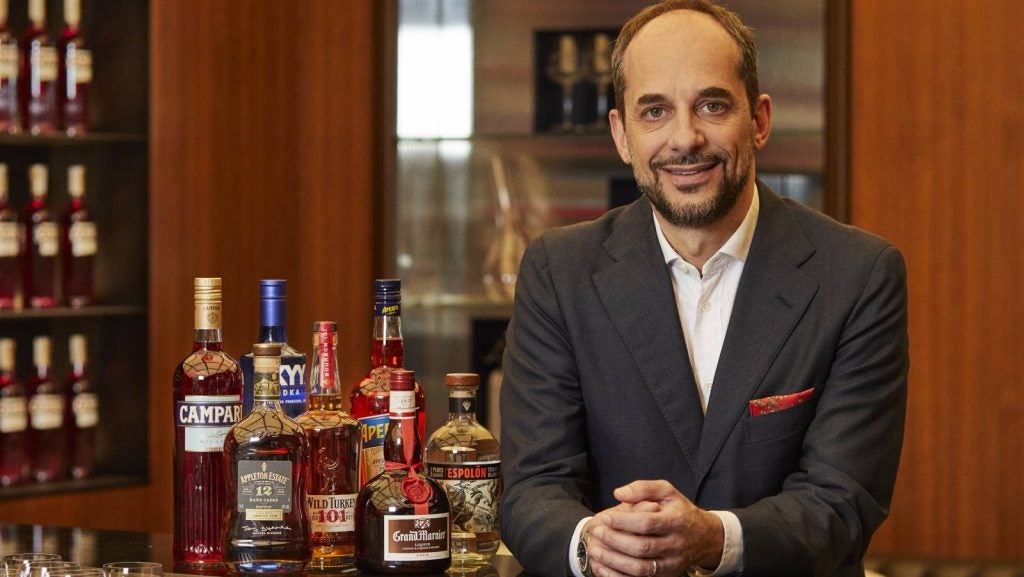
"We honestly observe that some of our competitors that are very much under pressure in other parts of the world, namely in the US, in a bit of China, are obviously trying to catch up in Europe and promoting very aggressively and very heavily," the Campari CEO said.
"Given we know that in Europe in Q2 and Q3, the numbers are extremely important for us … we really want to bank on the current positive brand health and momentum and make sure that we get as much as we can consumers to drink our brand.
"If we need to respond, we will. I'm not saying we have super-aggressive promo pricing but we're monitoring very carefully what's happening and the team is flagging that 'Hey, it's becoming very intense and we need to be ready to respond if we need.'"
Courvoisier, looking forward
At the end of last month, Campari completed the acquisition of Courvoiser announced just before Christmas.
The $1.2bn deal represented Campari’s largest piece of M&A, beating its 2016 move for Grand Marnier and adding what Kunze-Concewitz then described as “a top four historical Cognac house”.
However, entering Cognac at a time when the two largest markets for the spirit – the US and China – were seeing dampened demand naturally sparked questions about the near-term prospects for Courvoisier.
On the Q1 call with analysts yesterday, Marchesini said the assets acquired generated revenue of $248.2m in 2022, with a contribution after A&P of $78m, which, in proportion to revenues, was 17.5%, a figure “broadly in line with the group average”.
He added: “We see gross margin expansion on Courvoisier is a big opportunity per se looking forward. The biggest opportunity sits on the positioning of the brand, which has been over the years brought down disproportionally. We think there is an interesting catch-up to be done in terms of pricing, which would clearly positively benefit the gross margin and gross profit and the contribution after A&P.”
Marchesini also suggested the profitability of the new asset could be supported by improvements in costs, especially around the eau de vie.
“The cost of the eau de vie grew in prior years and then, as the Cognac market declined, the price of eau de vie came down, so we see COGS for Courvoisier going forward as potentially short term a bit of a headwind … but thereafter it becomes a key tailwind to help us further expand the gross margin as a percentage of revenue. In Cognac, the competition is about 60-70% gross margin on our revenue, so there is a big catch-up to be achieved here,” he said.
Latest news
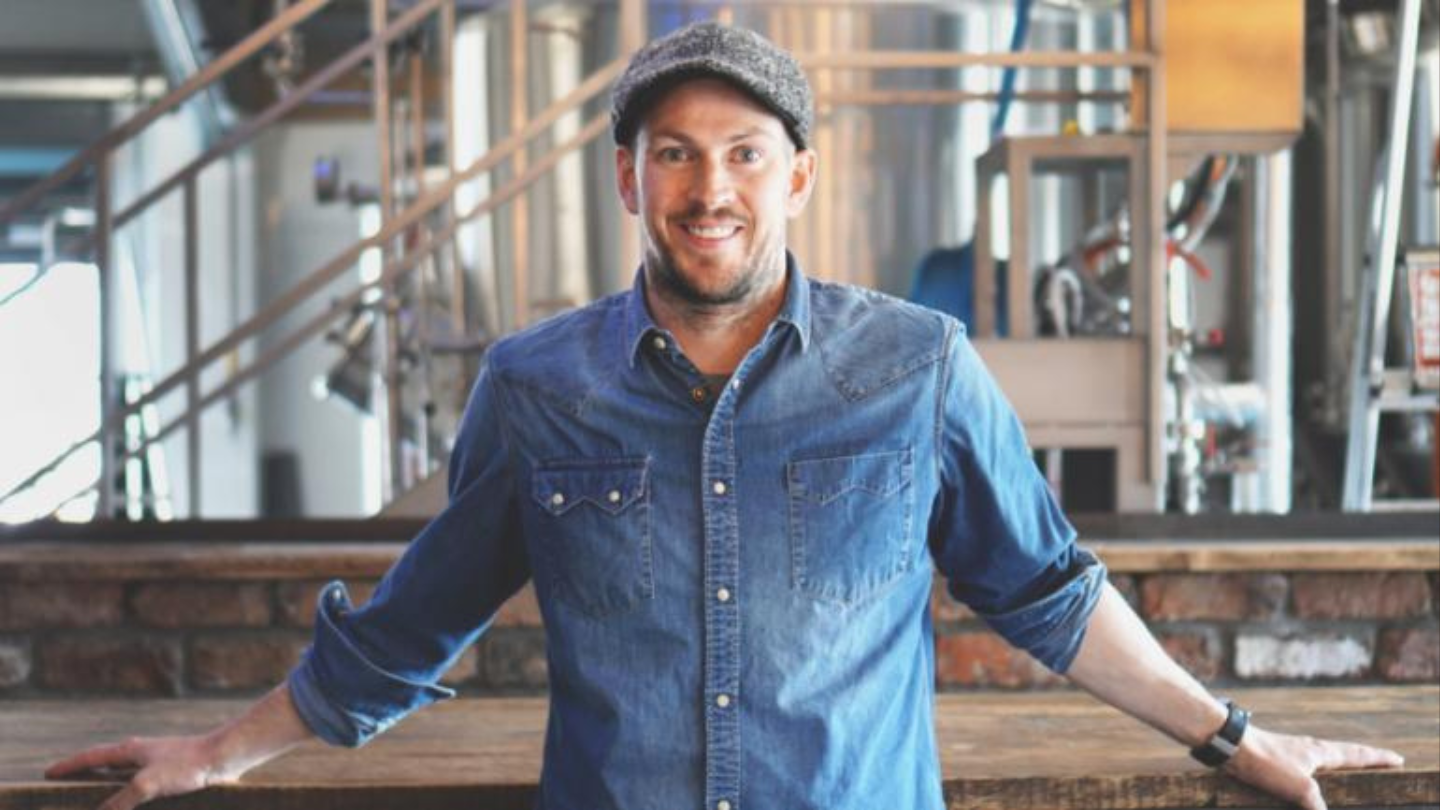
BrewDog's James Watt steps down as CEO
BrewDog CEO and co-founder James Watt is stepping down from the helm of the brewer he started in a garage after 17 years leading the UK business.
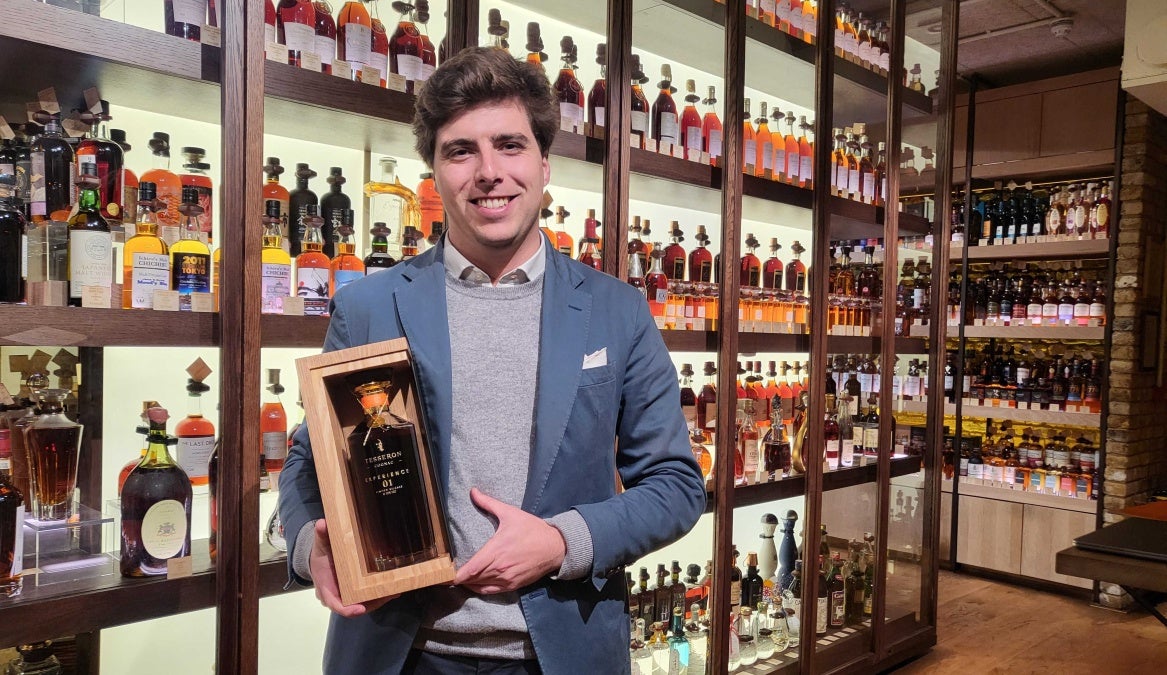
Tesseron on global Cognac markets and brand strategy
Noé Tesseron talks market trends, the US market, China and the negociant-turned-House’s strategy.
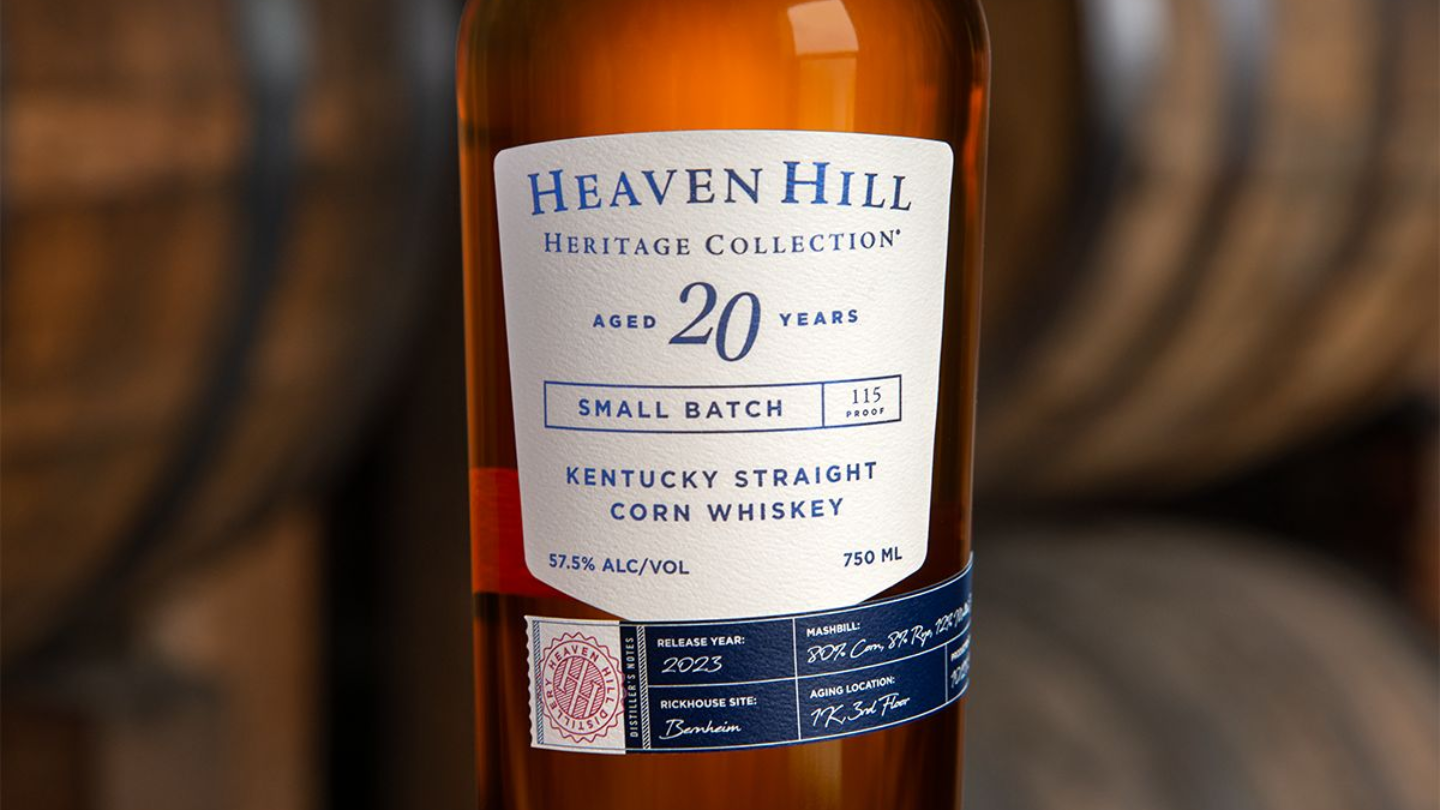
Heaven Hill looks to cut workforce at US distillery
US distiller Heaven Hill Brands is exploring avenues to reduce its workforce at its Kentucky site to make it “more efficient and flexible”.
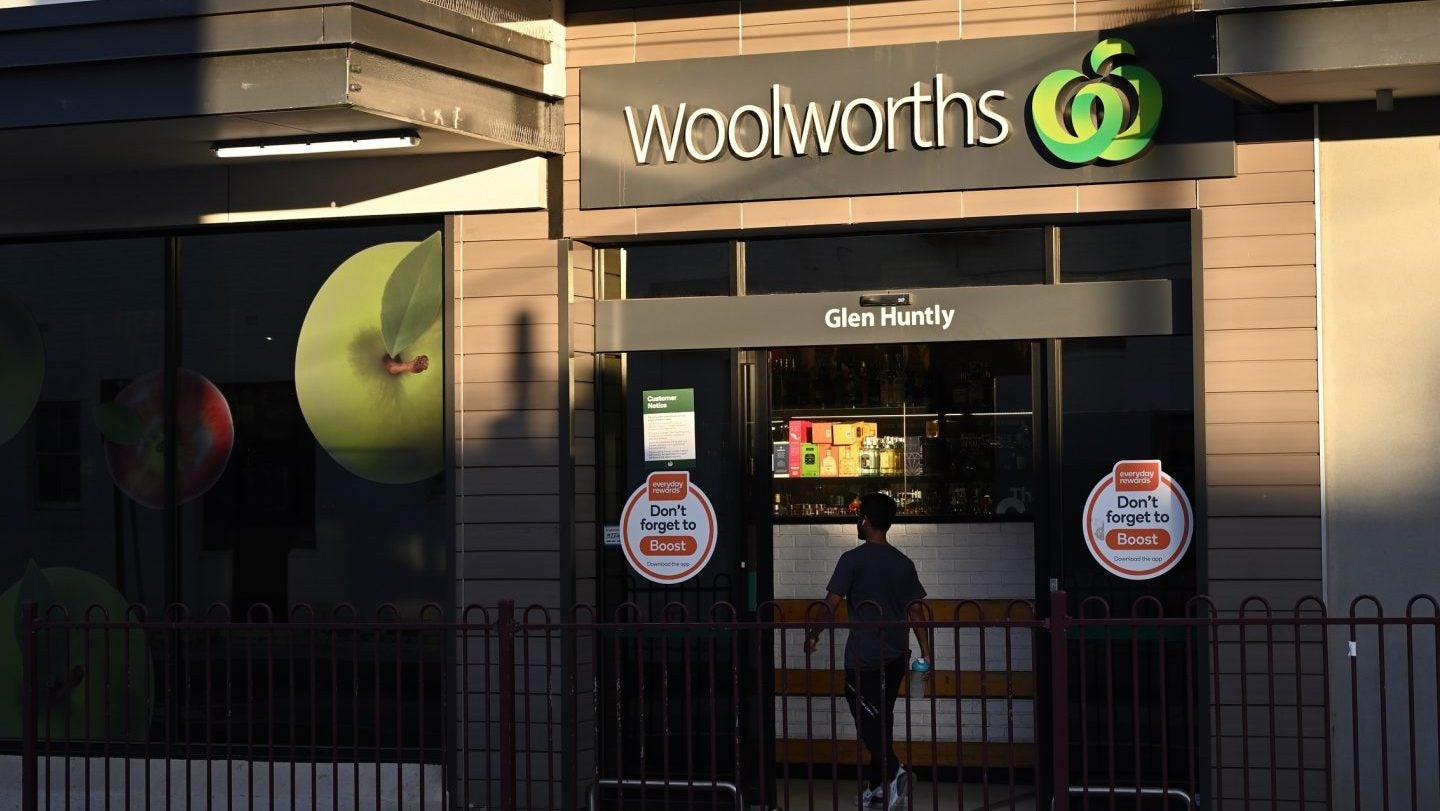
Australian Senate inquiry wants supermarket price gouging made illegal
Supermarket price gouging should be made illegal and there should be divestiture laws to create powers to break up Australia’s “supermarket duopoly”, a Senate inquiry has suggested.
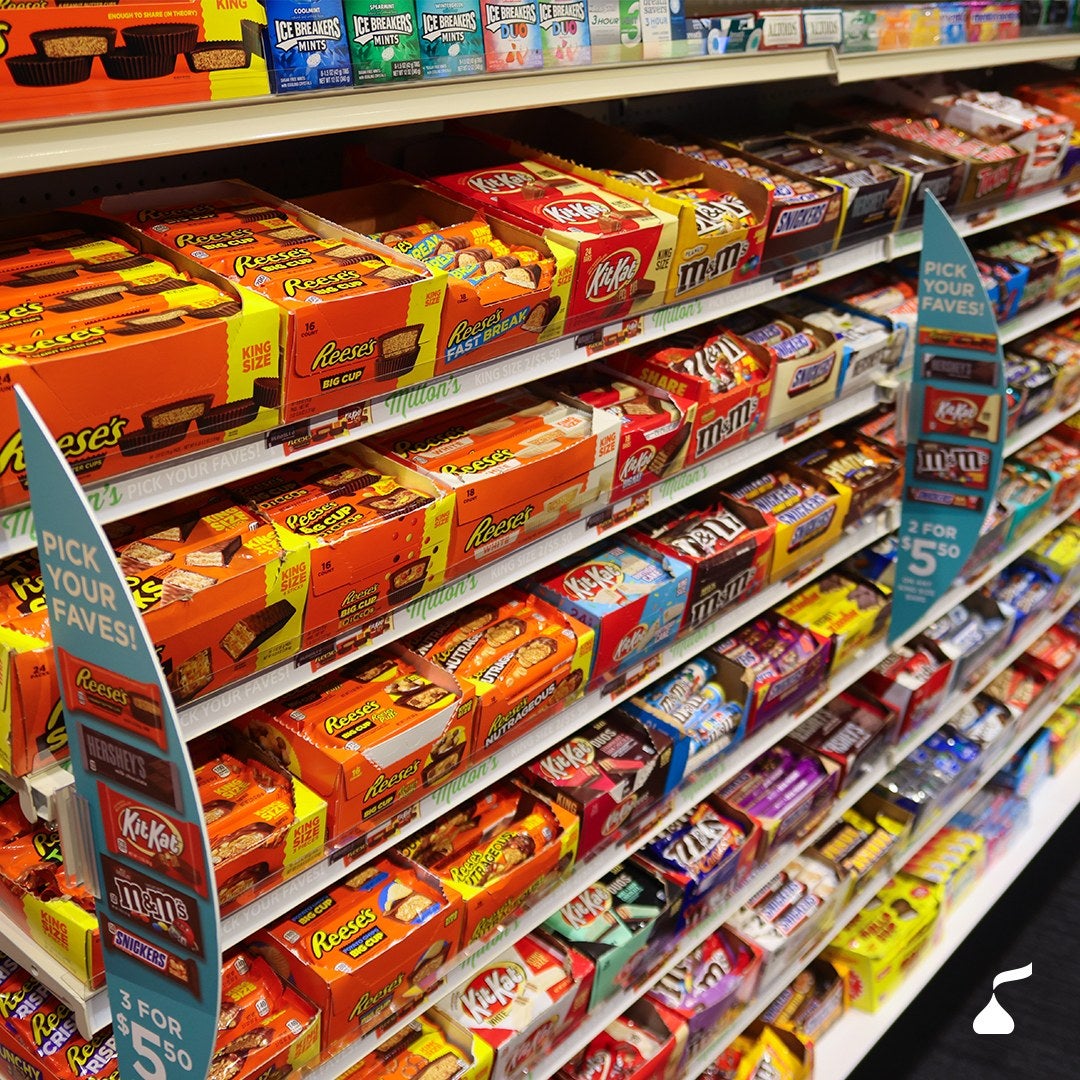
Hershey tight-lipped on cocoa-linked pricing strategy into 2025
Hershey remains tight-lipped on potential cocoa-linked pricing beyond this year’s hedging contracts as the commodity continues to trade at record highs.
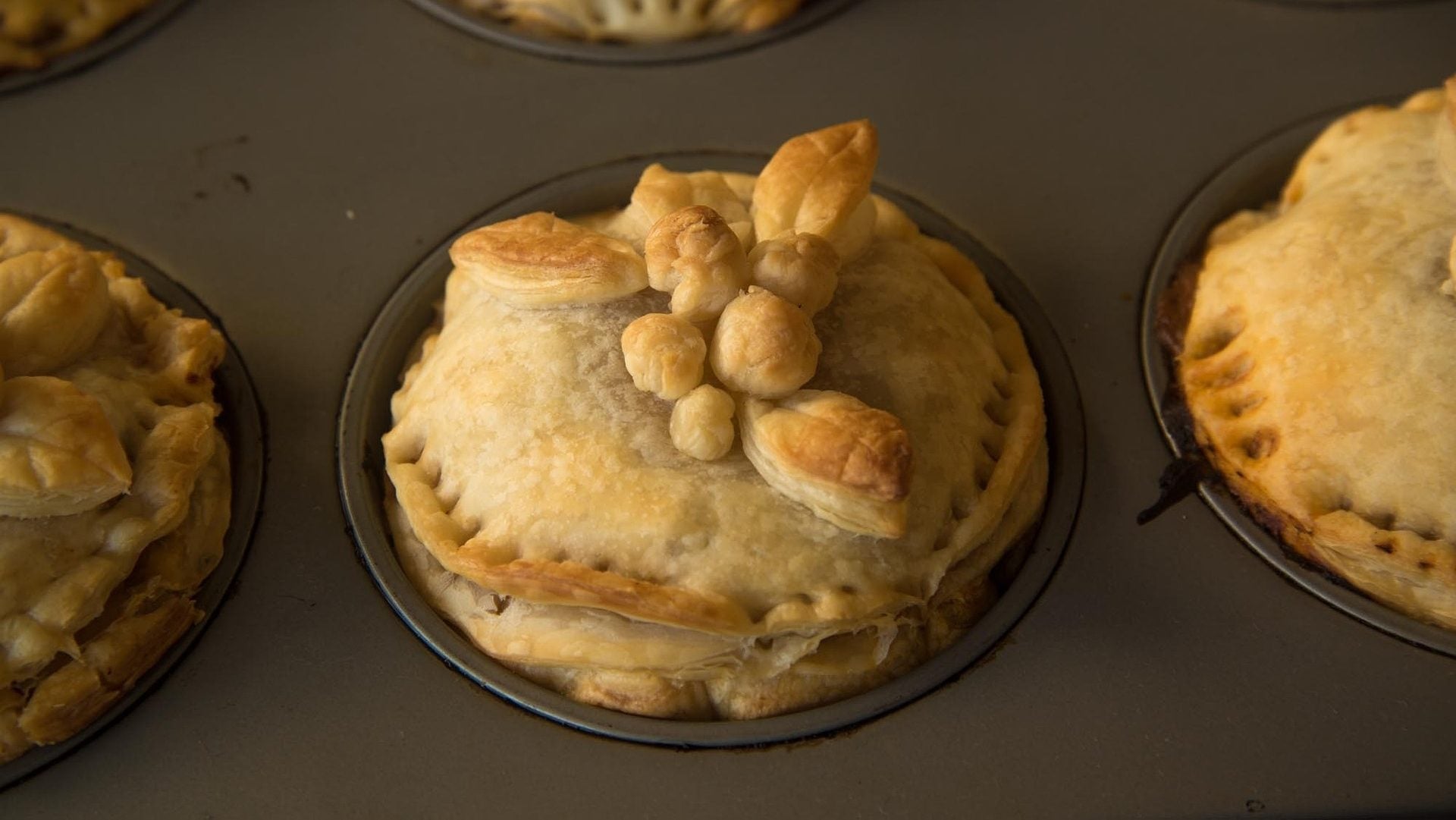
Glendale Foods acquired by UK investment business the Shallan Group
Glendale Foods, a UK supplier of branded and private-label frozen foods, has been acquired by the Shallan Group investment firm.
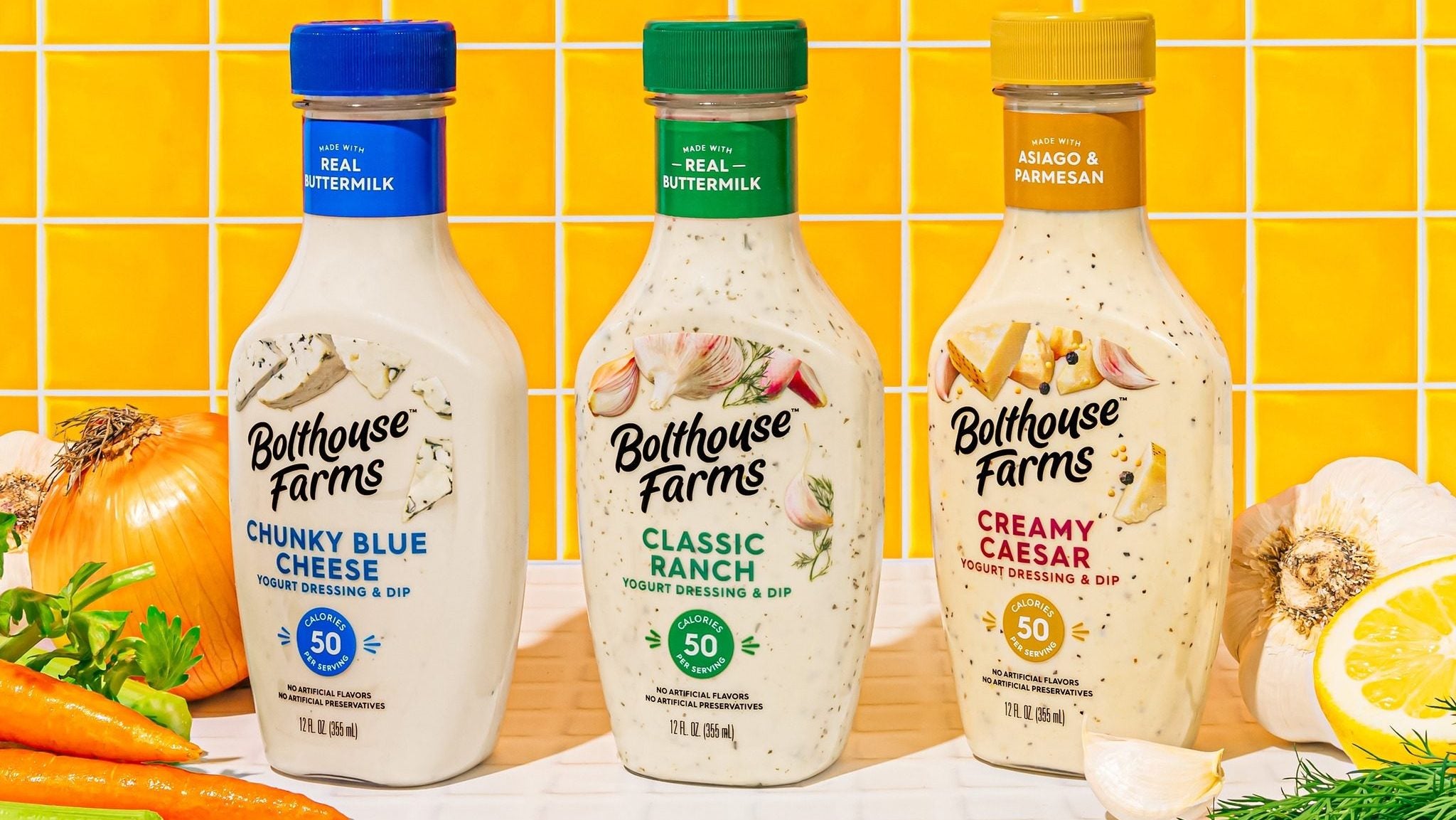
Bolthouse Farms splits into two business entities in food and beverages
Bolthouse Fresh Foods is focused on fresh carrots, while Generous Brands serves the dressings and fruit and veg drinks categories.
In our previous edition
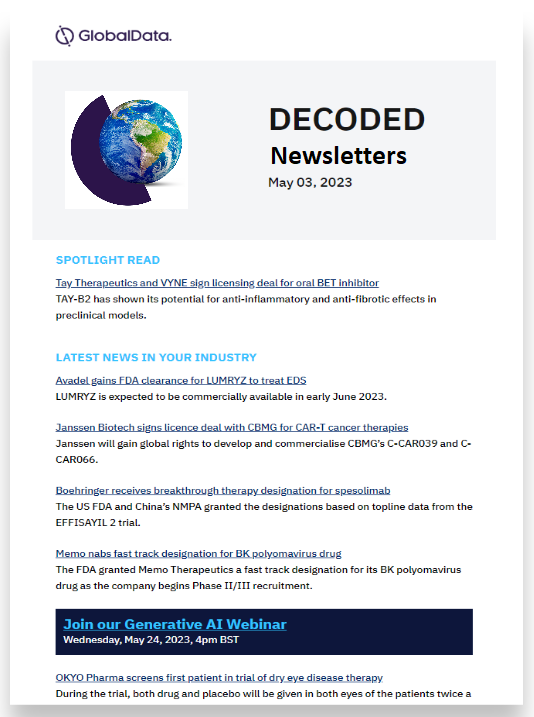
Consumer Decoded
Australian Vintage CEO exit naturally casts doubt on Accolade talks
07 May 2024

Consumer Decoded
Innis & Gunn founder Dougal Sharp talks innovation, premiumsation and consumer confidence
06 May 2024

Consumer Decoded
Are coffee prices set to soar with cocoa?
03 May 2024
Newsletters in other sectors
Aerospace, Defence & Security
Automotive
Foodservice
Medical Devices
Travel and Tourism
Search companies, themes, reports, as well as actionable data & insights spanning 22 global industries
Access more premium companies when you subscribe to Explorer


